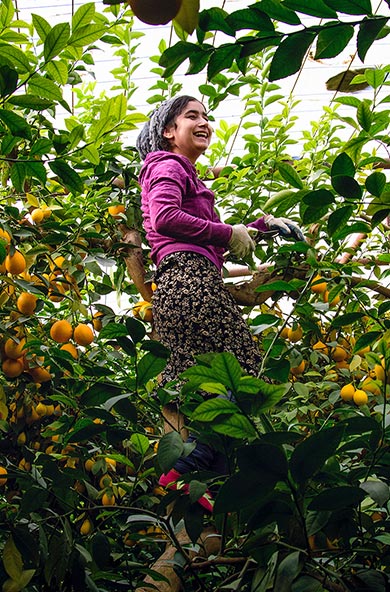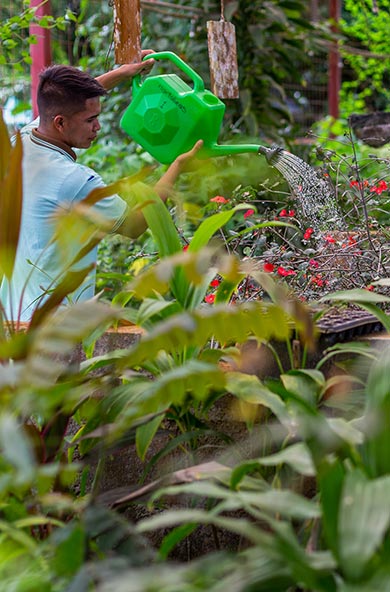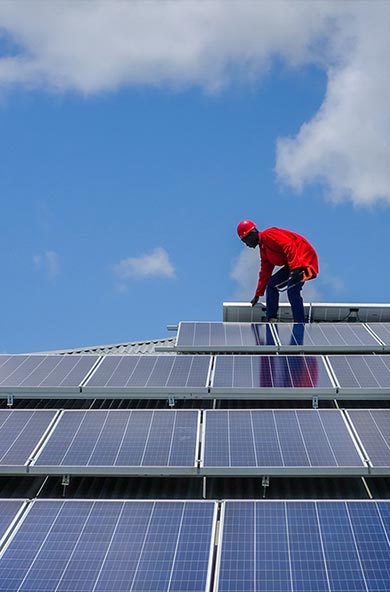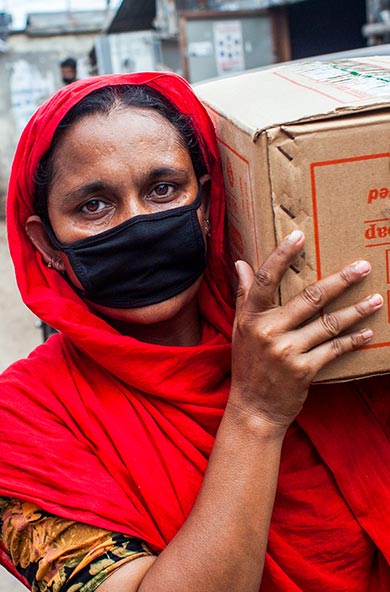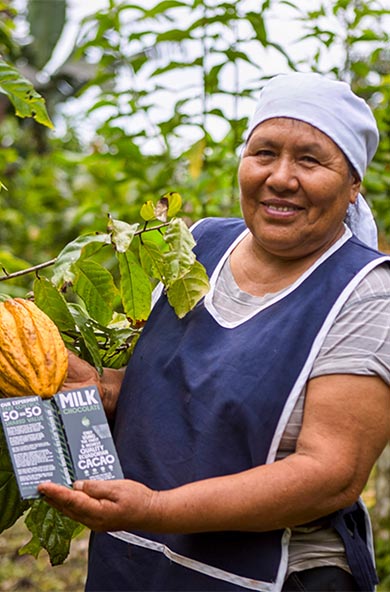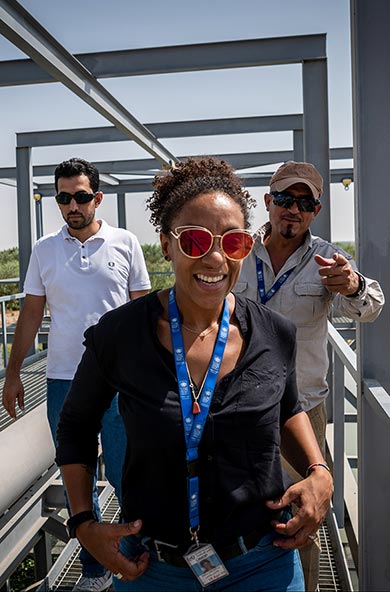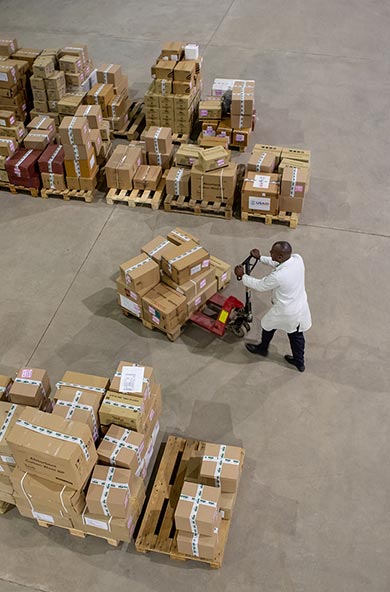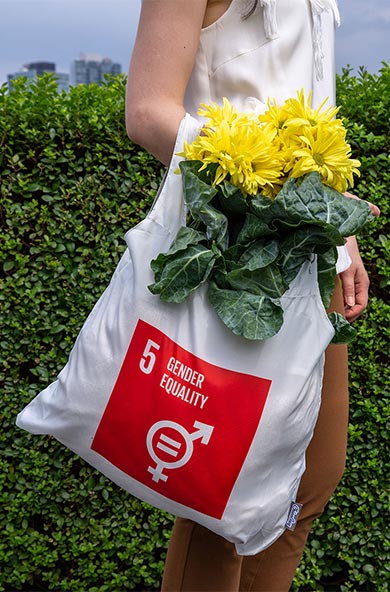
Flexible and predictable funding allows UN agencies to respond promptly and with agility in times of crisis. In countries such as Afghanistan, Yemen, and Ukraine, UNDP implements projects and programmes that help protect livelihoods and enhance the resilience of vulnerable communities.
The UN has estimated that the world will need to spend between US$3 trillion and US$5 trillion annually to meet the Sustainable Development Goals (SDGs) by 2030, while the COVID-19 pandemic has already increased that estimate by an additional US$2 trillion annually.
In addition, the highly fragile global economic outlook, impacts of climate change and rising geopolitical tensions, have led to a major deterioration in international public finance, resulting in 51 developing economies being highly indebted, with the spectre of defaults looming on the horizon for over-indebted developing countries.
Considering this dark scenario of compounded crisis, the multilateral system is being called upon to become more fit-for-purpose to support global public goods and overcome global challenges.
It is therefore imperative that institutions such as the UN and International Financial Institutions (IFIs) need to bolster their partnership to provide coordinated, effective, and targeted support to developing countries’ widening needs for SDG financing.
Against this backdrop and in response to the Addis Ababa Action Agenda and UN Secretary-General’s Roadmap for Financing the 2030 Agenda for Sustainable Development, the UN System and IFIs have strived to work more closely together to promote sustainable and innovative financial systems at country level, and to catalyse more private finance.
In 2018, for example, UN Secretary-General António Guterres and former World Bank Group President Jim Yong Kim signed a Strategic Partnership Framework, which consolidated their joint commitment to cooperate in helping countries implement the 2030 Agenda for Sustainable Development.
UN agencies have developed financial and non-financial partnerships with IFIs with the aim to support governments to leverage financing, technical expertise, and advocacy from a wider range of sources. By joining forces, UN agencies and IFIs can use and complement their respective comparative advantages in support of national development priorities and maximize development impact on the ground.
Last week, the Executive Board of the United Nations Development Programme (UNDP) held its first regular session of the year in New York. It was clear that Member States are keen to see greater engagement with IFIs to deliver on sustainable development results at scale. As we are gearing towards the SDG Summit, there is a reckoning that we cannot do business as usual. We need all hands on deck to make progress towards 2030.
This call for joint action should also be an opportunity for Member States – usually the same donors funding the UN system and IFIs – to reflect on the global funding architecture of the United Nations Development System (UNDS). The UNDS needs predictable, un-earmarked, and flexible resources to perform its core functions and preserve the core values of multilateralism, universalism, and development effectiveness.
Nevertheless, a report by the Dag Hammarskjöld Foundation points out that OECD-DAC countries’ funding to the UNDS is more projectized and highly earmarked than the World Bank and the International Monetary Fund, or regional development banks.
In this moment of immense global uncertainty, following the UNDP Strategic Plan, UNDP is scaling up its engagement with IFIs to support countries access the capital, technical expertise, and partnerships required to achieve the SDGs.
Since 2017, UNDP has mobilized over US$1.85 billion from IFI partners, both directly through grant contributions and indirectly through government financing to support loan implementation.
In many fragile and conflict-affected states, UN agencies, such as UNDP, stay and deliver, sometimes on behalf of IFIs who cannot always fully operate in these settings. UNDP works in close cooperation with the humanitarian system and across the development, peace, and human rights pillars of the UN system.
Flexible and predictable funding allows UN agencies to respond promptly and with agility in times of crisis. In countries such as Afghanistan, Yemen, and Ukraine, UNDP implements projects and programmes that help protect livelihoods and enhance the resilience of vulnerable communities.
Member States and shareholders of Multilateral Development Banks and other IFIs recognize the synergistic and complementary mandates of many UN agencies and IFIs. The partnership is or should be obvious in areas such as sustainable finance, climate action, crisis and fragility, and poverty alleviation.
But as the world is faced with unprecedented global challenges that require unparalleled levels of partnerships and a strong multilateral system, Member States should enable a deeper engagement between the UNDS and IFIs through robust political commitment backed by a funding architecture befitting a world racing towards 2030.

 Locations
Locations